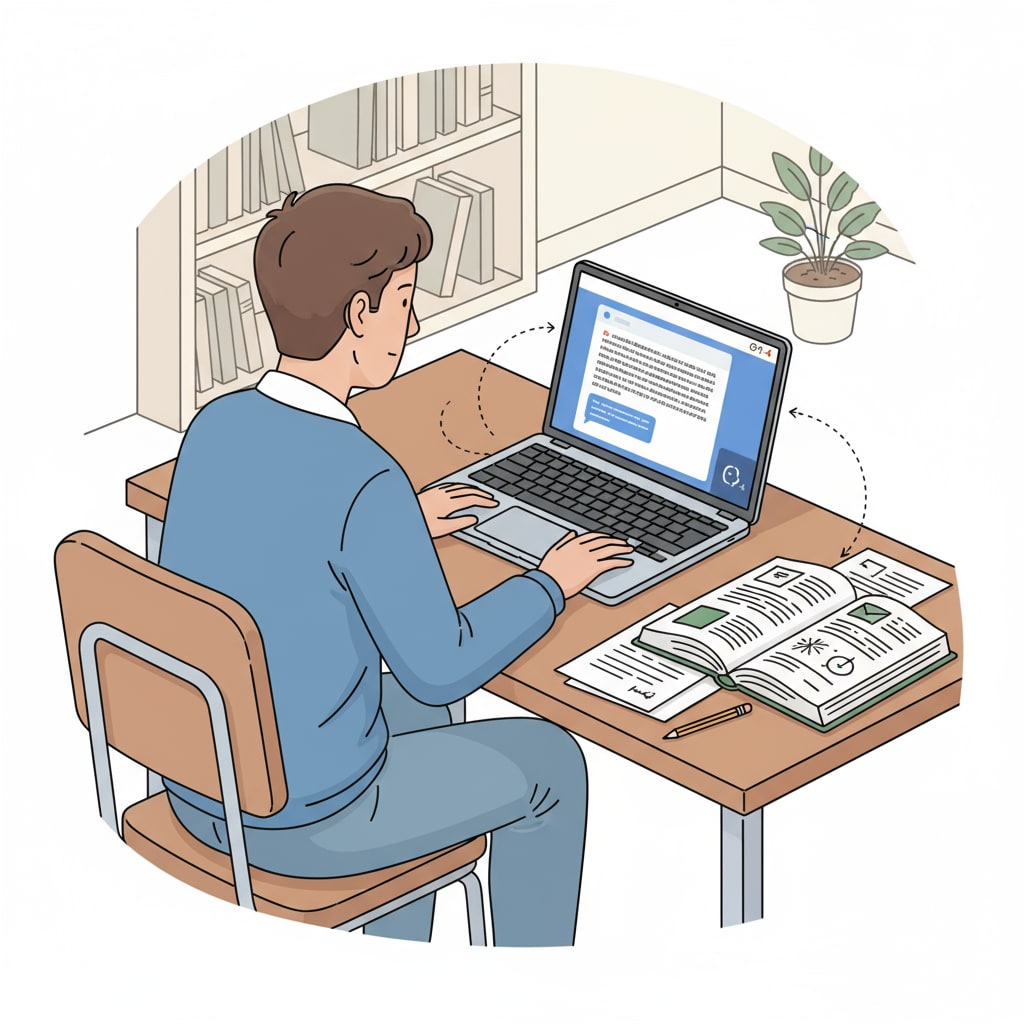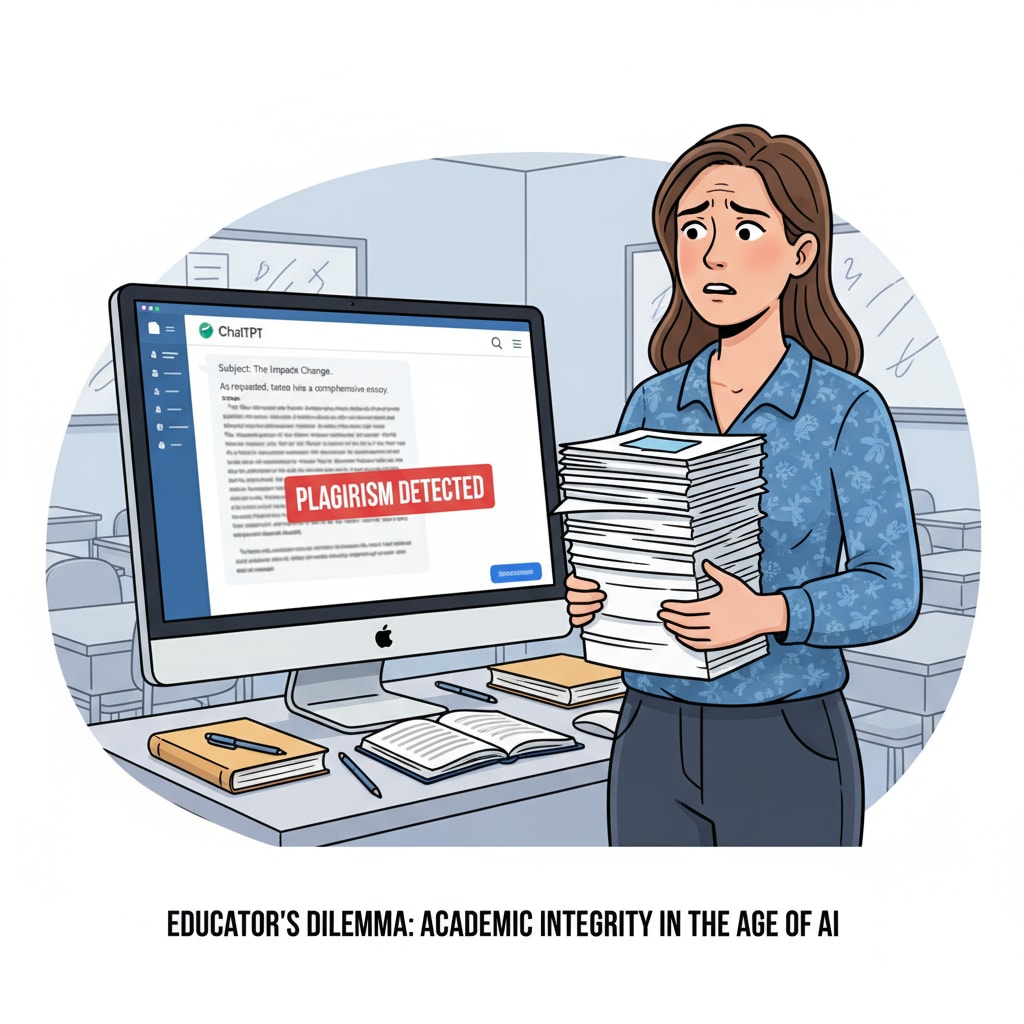ChatGPT, a powerful language model, has brought both opportunities and challenges to the field of education, especially in terms of cheating. As it gains popularity in K12 education, we must carefully examine its implications.

The Rise of ChatGPT in Education
ChatGPT has made its way into classrooms around the world. Its ability to generate human – like text responses has caught the attention of students and educators alike. For example, it can quickly provide answers to various questions, whether they are related to history, science, or literature. This has made it a seemingly convenient resource for students. According to ChatGPT on Wikipedia, its user base has grown exponentially, and a significant portion of these users are students. However, this convenience has led to some unintended consequences.
The Cheating Conundrum
One of the most worrying aspects is the use of ChatGPT for cheating. Students are increasingly relying on it to complete their assignments. Instead of putting in the effort to understand the material, they simply copy the generated responses. This not only undermines the learning process but also devalues the educational system.

For instance, in essay writing tasks, students can ask ChatGPT to create an essay, and submit it as their own work. As a result, educators are facing the difficult task of detecting this form of cheating.
Erosion of the Learning Essence
The essence of learning is to gain knowledge, develop critical thinking skills, and build understanding. When students use ChatGPT to cheat, they miss out on these important aspects. Learning is a process of struggle and discovery, but with ChatGPT, students are bypassing this crucial journey. They are not engaging with the material deeply, and thus not truly learning. In addition, this behavior can lead to a lack of confidence in their own abilities in the long run.
What Educators Can Do
Educators play a vital role in addressing this issue. First, they need to educate students about academic integrity and the importance of honest learning. Second, they can modify their teaching methods to make assignments more challenging and less prone to being completed by ChatGPT. For example, they can include more in – class discussions, hands – on projects, and real – time problem – solving tasks. Moreover, educators can use detection tools to identify if a student’s work is generated by ChatGPT. According to Artificial Intelligence on Britannica, new technologies are emerging to help with this detection process.
Readability guidance: This article has used short paragraphs to present ideas clearly. Each H2 section has a focused discussion, and lists could be further developed in future expansions. The passive语态 has been kept to a minimum, and transition words like “however”, “for example”, “in addition” have been used to enhance the flow of the text.


